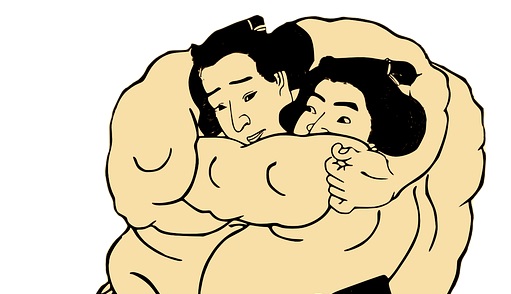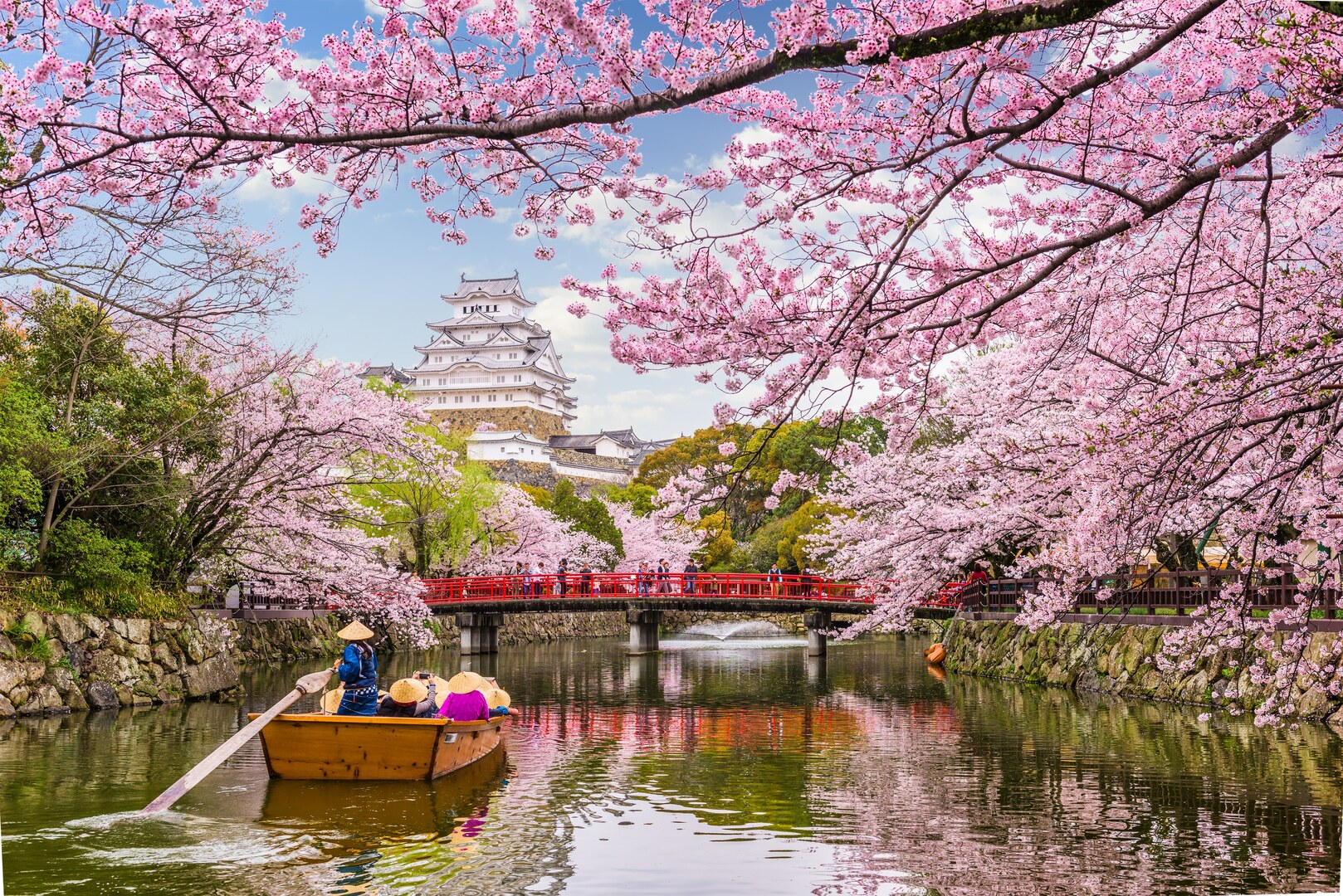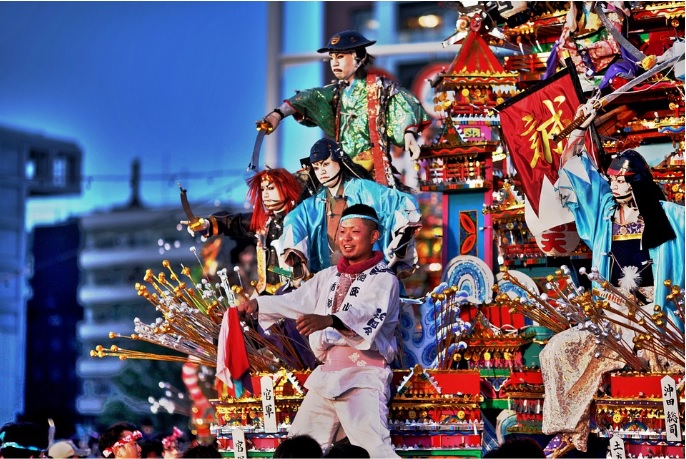
One of the things that is distinctly Japan is the sport of sumo. It is the nation’s oldest professional sport dating back to the Edo period. It is a sport that requires not only strength but also respect, as a wrestler attempts to throw off his opponents outside the dohyo or the traditional sumo wrestling ring.
Sumo was originally performed as a ritual to entertain the Shinto deities. The dohyo of Japan is considered sacred which is why women are forbidden to step into the ring, let alone participate in a match. This is the reason why in Japan, only men are allowed to practice sumo professionally.
One Door Closes, A Window Opens

Photo by Jmills74. Licensed under Creative Commons.
The issue of women in sumo has long been debated over, especially when the former governor of Osaka, Fusae Ohta, has been forbidden to present the Governor’s Prize on the ring at the annual Osaka tournament, from 2000 to 2008, just because she is a woman. Her only choice then has been to present it on the walkway beside the ring or to send a male representative in her place. Despite her pleas to allow women to step on the professional stage, the Japan Sumo Association has rejected her.
Hope blooms, however, in sumo’s amateur stage where people, man or woman, are welcomed into the ring. Ever since the All-Japan Women’s Sumo Competition in 1997, women have been welcomed into amateur matches to compete in Japan’s ancient sport.
Two Japanese women, Sayaka Matsuo and Anna Fujita, prove that it doesn’t matter what gender or size you are. It is your passion for the sport that will give you the strength to succeed in sumo.
This small but growing group of women prove that they can take that extra step to become something bigger than themselves, despite the discrimination. They are living proof that if you put your heart into it, you can break stereotypes and be just as good as men, even in a country as traditional as Japan.
Proven by History

The Asakusa Temple. Photo by IQRemix. Licensed under Creative Commons.
The presence of female wrestlers in sumo is not something new. As a matter of fact, women have been participating in sumo matches as early as the 1700s. The women’s sumo, or onna-zumo as it is called in Japan, began in Osaka. Originally, the match between women was performed in brothels as a form of entertainment, but because of the actual skill of some of the sumo wrestlers, it was able to penetrate tournaments at the Asakusa Temple. It was closed down, however, after authorities deemed it to be immoral.
Breaking Barriers
Recent campaigns to include sumo as an Olympic sport opens the door for women to be included in the sumo match, since part of the qualifications is for the sport to be playable by women. In the past years, female Sumo teams have been organized around Asia and Europe, with Hetal Sudhir Kamar Dave being the first Indian professional woman sumo wrestler and Sharran Alexander being one of the United Kingdom’s only female sumo athlete.
For Japanese women like Natsumi Takagi, her dreams of becoming a professional sumo wrestler can only be welcomed outside Japan which is why she has moved to Los Angeles to train herself.
A Crack in the Ceiling
Even if women sumo warriors can only dream of having a professional sumo career outside Japan; soon enough, the warrior within these women will be strong enough to break the glass barrier and open the sport of sumo to all genders in all nations.
Because after all, sumo is meant to be a celebration, a celebration meant for all.
Banner photo from PixelBay. Licensed under Creative Commons.
SOURCES





